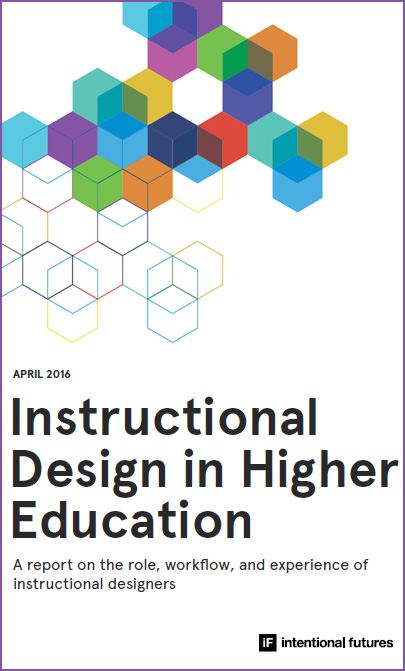- Instructional designers number at least 13,000 in the U.S alone.
- They are highly and diversely qualified.
- Contrary to popular belief, they do more than just design instruction.
- Above all, they struggle to collaborate with faculty.
- One thing is certain: instructional designers are dedicated to improving learning with technology.
Also see:
Survey: Instructional Designers ‘pivotal’ in tech adoption — from campustechnology.com by Dian Schaffhauser; with thanks to eduwire for the resource/comments on this item
Excerpt:
The results of the survey are based on responses from 780 people who work in a higher education institution in the area of instructional design, instructional technology, course design or a related field. Eighty-three percent are in the United States. Based on its results, the company estimated that about 13,000 instructional designers currently work in U.S. higher education.
Why instructional designers? As the report’s authors stated, these people “have positioned themselves as pivotal players in the design and delivery of learning experiences,” bridging the gap “between faculty instruction and student online learning.” Ultimately, the report explained, the work undertaken by instructional designers has a big impact on student success.
The typical instructional designer is female (67 percent), aged 45 and highly educated (87 percent having earned at least a master’s degree).









